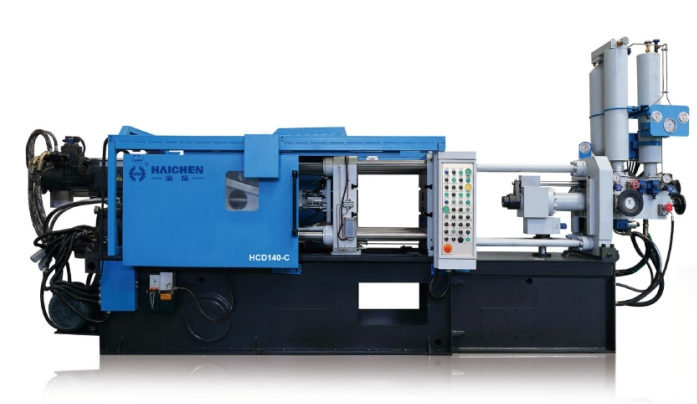Aluminum alloy widely used in die casting industries such as aerospace, automotive, and construction due to their lightweight and high strength-to-weight ratio. Among these, the 7xxx series (Al-Zn-Mg-Cu) alloys are known for their exceptional strength, making them the strongest aluminum alloys available. Below is a detailed overview of the highest strength aluminum alloys, their properties, and applications.
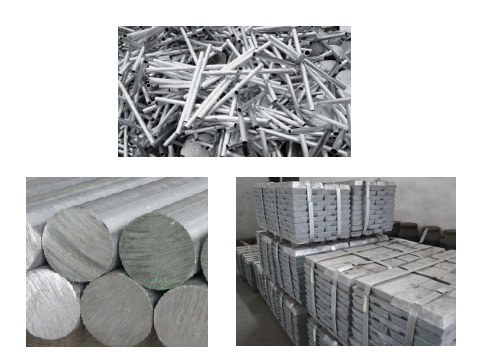
1. 7xxx Series Aluminum Alloys
The 7xxx series, particularly Al-Zn-Mg-Cu alloys, are renowned for their ultra-high strength. These alloys achieve their strength through a combination of alloying elements (zinc, magnesium, and copper) and advanced heat treatment processes.
- Strength: The ultimate tensile strength (UTS) of commercial 7xxx alloys typically ranges from 500 to 700 MPa, with some advanced variants exceeding 900 MPa 511.
- Examples:
- 7075-T6: A widely used alloy with a UTS of 572 MPa 3.
- 7150-T77: A second-generation alloy with a UTS of over 700 MPa, offering a balance of high strength and corrosion resistance 13.
- Al-MS78: An advanced powder-processed alloy with a strength 40% higher than 7075, reaching up to 800 MPa 11.
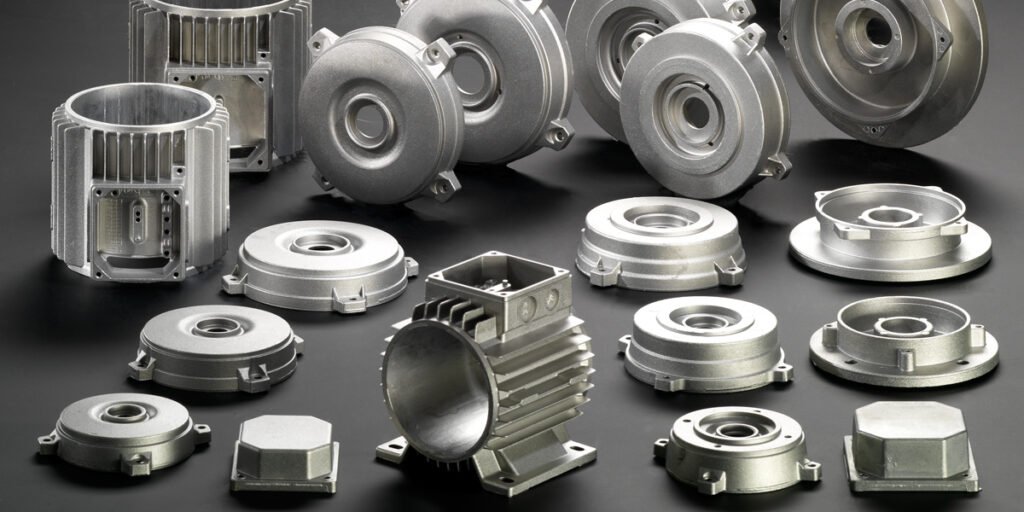
2. Ultra-High Strength Aluminum Alloy
Recent advancements in material science have led to the development of ultra-high strength aluminum alloys with strengths exceeding 1,000 MPa. These alloys are often produced using advanced processing techniques such as powder metallurgy and hypersonic liquid atomization.
- Al-WQ68: A wrought-processed alloy with a UTS of over 700 MPa, suitable for high-thickness applications 11.
- A-1500: An experimental alloy with a UTS of over 1,200 MPa and 5% elongation, achieved through a novel hypersonic liquid atomization process 11.
3. Factors Contributing to High Strength
- Alloying Elements: Zinc, magnesium, and copper are key elements that enhance strength through solid solution strengthening and precipitation hardening 510.
- Heat Treatment: Multi-stage solution aging and T6 tempering are critical for achieving optimal strength and toughness 10.
- Microstructure Control: Advanced processing techniques, such as severe plastic deformation (SPD) and rapid solidification, refine grain structures and improve mechanical properties 5.
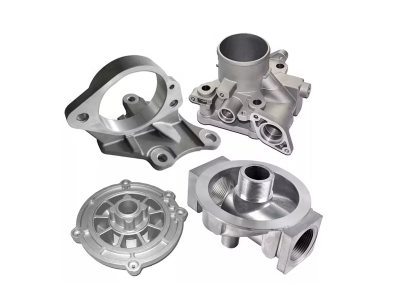
4. Applications of High-Strength Aluminum Alloy
- Aerospace: Used in aircraft frames, landing gear, and structural components due to their high strength-to-weight ratio 1014.
- Automotive: Ideal for lightweight, high-performance parts such as suspension systems and chassis components 11.
- Industrial Machinery: Suitable for high-stress applications like fasteners and structural parts 11.
5. Challenges and Future Developments
- Corrosion Susceptibility: High zinc and magnesium content can increase susceptibility to localized corrosion, necessitating protective coatings or alloy modifications 5.
- Cost and Processing: Advanced alloys often require expensive and complex processing techniques, limiting their widespread use 11.
- Machine Learning: Researchers are using machine learning to optimize alloy compositions and processing routes, aiming to develop cost-effective, high-performance alloys 5.
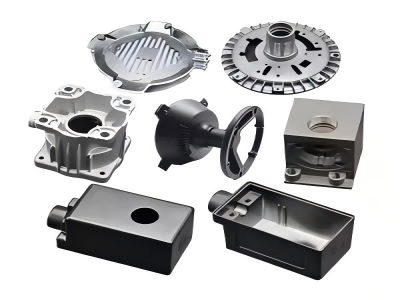
Conclusion
The 7xxx series aluminum alloys, particularly 7150-T77 and Al-MS78, currently represent the highest strength aluminum alloys, with strengths exceeding 700 MPa. Advanced variants like A-1500 push the boundaries further, achieving strengths over 1,200 MPa. These alloys are indispensable in industries requiring lightweight, high-strength materials, and ongoing research promises even greater advancements in the future. For more details, refer to sources like Nature and AMT Advanced Materials 511.
Aluminum Alloys for Die Casting
Aluminum alloys are the cornerstone of die casting due to their lightweight, strength, and versatility. Below is an in-depth overview of the most commonly used aluminum alloys in die casting, their properties, and industrial applications, synthesized from authoritative sources.

1. Common Aluminum Die Casting Alloys
The selection of aluminum alloy depends on factors like mechanical strength, corrosion resistance, thermal conductivity, and cost. Here are the most widely used alloys:
A380 115
- Properties:
- Excellent fluidity for intricate shapes and thin walls.
- High pressure tightness and good machinability.
- Moderate corrosion resistance and thermal conductivity (96.2 W/m·K).
- Applications: Automotive engine blocks, transmission housings, and consumer electronics.
- Limitations: Susceptible to hot cracking and porosity; higher cost compared to some alloys.
A356 13
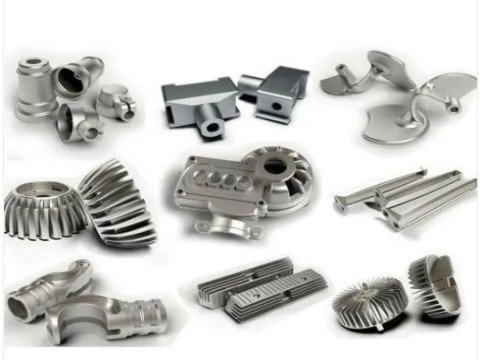
- Properties:
- High strength and ductility, ideal for heavy-load applications.
- Good corrosion resistance and castability.
- Higher thermal conductivity (110 W/m·K) than A380.
- Applications: Aerospace components, structural parts, and automotive suspension systems.
- Limitations: Darkens during anodizing; reduced electrical conductivity after aging.
A413 115
- Properties:
- Superior pressure tightness and leak resistance.
- High strength-to-weight ratio and hot cracking resistance.
- Applications: Hydraulic components, heat sinks, and parts requiring leak-proof performance.
- Limitations: Lower tensile strength than A380; higher cost than A383.
A360 115
- Properties:
- Excellent ductility and corrosion resistance.
- Superior pressure tightness and dimensional stability.
- Applications: Automotive and aerospace parts requiring high mechanical strength at elevated temperatures.
- Limitations: Difficult to cast and prone to surface scratches.
B390 1
- Properties:
- High wear resistance and rigidity.
- Lower melting point and good recyclability.
- Applications: Pistons, brake systems, and engine components.
- Limitations: Poor corrosion resistance; aggressive on die-casting tools.
2. Comparative Analysis of Key Alloys
| Property | A380 | A356 | A413 | A360 | B390 |
|---|---|---|---|---|---|
| Density (g/cm³) | 2.71 | 2.68 | 2.66 | 2.63 | 2.80 |
| Thermal Conductivity (W/m·K) | 96.2 | 110 | 35 | 30 | 22 |
| Corrosion Resistance | Moderate | High | Moderate | High | Low |
| Typical Use | Engine blocks | Aerospace | Hydraulics | High-temp parts | Wear-resistant parts |
3. Factors Influencing Alloy Selection
- Strength Requirements: A356 and A413 are preferred for high-stress applications like aerospace and automotive frames 13.
- Corrosion Resistance: A360 and A356 excel in environments with moisture or salt exposure 115.
- Thermal Conductivity: A356 is ideal for heat sinks and electronics due to its high thermal conductivity 115.
- Cost-Efficiency: A380 and A383 balance cost and performance for high-volume production 1.

4. Challenges in Aluminum Die Casting
- Porosity: Caused by trapped air during injection. Mitigated through vacuum die casting or optimized venting 15.
- Hot Cracking: Common in alloys like A380; reduced by using ductile alloys like A360 1.
- Surface Defects: Flash and sink marks can be minimized with precise temperature control and die maintenance 15.
5. Applications Across Industries
- Automotive: Engine blocks (A380), transmission housings (A413), and suspension parts (A356) 115.
- Aerospace: Lightweight structural components (A356) and heat-resistant parts (A360) 315.
- Electronics: Heat sinks (A356) and device housings (A360) 15.
- Consumer Goods: Durable appliances and sports equipment (B390) 1.
Haichen is a Chinese aluminum alloy die casting machine manufacturer with nearly 20 years of history. We produce high pressure cold chamber die casting machines and hot chamber die casting machines. They are durable and high precision. Haichen also produces die casting machine auxiliary equipment. Such as conveyors, vacuum machines, mold temperature controllers, industrial robots, sprayers, etc.
Feel free to contact us for information on die casting machines in Mexico and Argentina~
